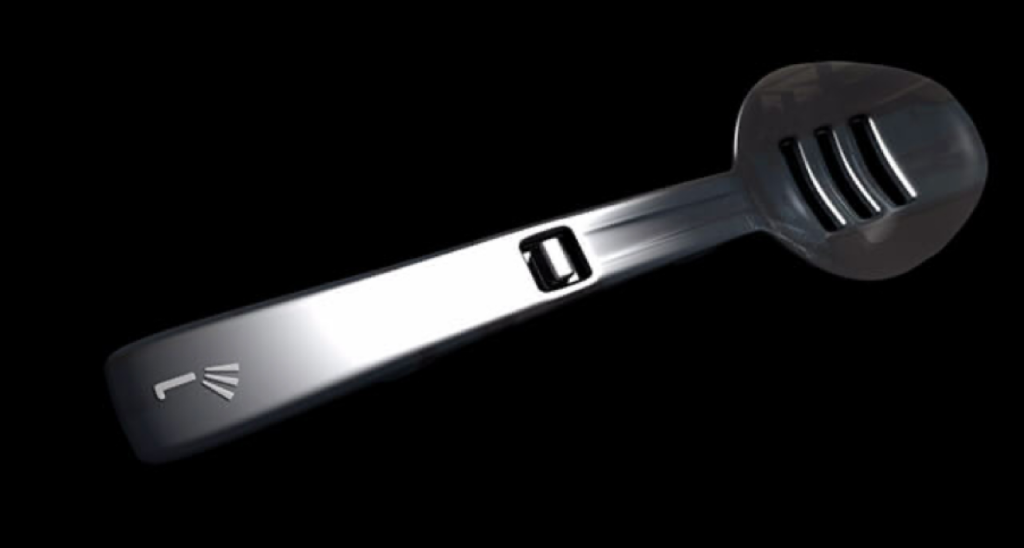Whatever company or person you go to for help with your invention, it’s likely you’ll be told that the first thing to do is to get a patent search. In fact, despite the fact that The Inventor’s Journey™ teaches how so many ‘invention help’ companies do steps in the wrong order, even The Inventor’s Journey™ starts with a patent search, (albeit a very special one that replicates how a patent office searches your invention).
There are more reasons than you would think why starting with a patent search is so important (especially in terms of saving you time, money and energy). I’m going to give a list of some of them below. By understanding these things, it will help you to understand the patenting process, as a whole, and the role that a high-quality initial patent search plays.
Worst Case Scenario (Hardly Ever Happens)
The worst case scenario, of course, is that your patent search comes back showing that there’s absolutely nothing new and patentable about your invention- in other words, it’s been done before, and your invention has nothing of patentable merit. In case you wanted to know, this is actually surprisingly rare. It’s happened very few times in the cases I’ve taken on in my 13-14 years in this industry- and that’s not because our patent search isn’t catching the prior art, because in the vast majority of my own cases, I’ve gone on to draft, file, and prosecute patent applications to grant following our patent search service.
One of the reasons it’s actually quite rare for a patent search to rule out all patentability of your invention is that, whilst it’s not uncommon for the patent search to rule out being able to patent your invention in its ‘broadest scope’, the patent search, (if done right), can often reveal that more limited patent protection may still be possible. And sometimes this more ‘limited’ patent protection can still be hugely important.

A good example of this would be ‘SPOON’, (shown above) imagine if the patent search revealed that the broad overall concept of a spoon that has at least one openable-and-closable hole in the head is NOT new and therefore not patentable, but the search ALSO revealed that none of the prior art had the special user means on the top side of the handle, to open and close the hole(s). In that case, the patent search will have revealed that patent protection of the ‘openable-and-closable hole(s)’ concept, ‘in the broadest scope’, is not possible, but it MAY be possible to patent the ‘openable-and-closable hole(s)’ concept when there is also a user-means on the top side of the handle, to open and close the hole(s). (This could still be very important patent protection, protecting by far the best version/design of the invention concept).
But even in a case where the patent search reveals that there is no patentability to the invention, this is actually a GOOD reason to get the patent search done first, because it could save you huge amounts of time, effort and money that would otherwise be put towards drafting and filing a full non-provisional patent application, which could cost many thousands of pounds/dollars. On top of this, many inventors won’t want to go ahead with product development of the invention if they find out their invention is in no way patentable. So again, it can save time, money and effort, both in patenting, and product development.
Stream-Lining Your Patenting Strategy (Much More Important Than You Think)
Whilst a total ‘black-out’ where a patent search reveals the invention has zero patentability at all is relatively rare in my experience, the example I gave above of SPOON, (ie where the ‘main invention concept’, in its broadest scope, is shown to be ‘not new’ (and therefore not patentable), but where there are other inventive feature(s), (eg the user means on the top side of the handle, to open and close the hole(s)), that the patent search suggests the prior art does not disclose, and therefore which may well be patentable), is very common. And this is one of the absolute KEY roles that a high-quality patent search plays- it can play a role in CLARIFYING and REFINING your patenting strategy, (for when it comes to trying to get your patent granted at the patent office with a full non-provisional patent application).
Think about it- if it turns out your invention, in its broadest terms, is NOT patentable, but you have EXTRA FEATURE(s) that, in combination with your main invention concept, ARE new and patentable, then you would want to know that NOW, so that your patent practitioner can focus your patenting strategy (in your non-provisional patent application) on those potentially patentable extra feature(s), and not waste time (+ money and effort) on trying to patent your main invention concept in its broadest terms.
This, (ie results of the patent search leading to you refining your patenting strategy), can save a lot of money, for several reasons. Firstly, it can make the patent application more focused, and therefore briefer. That could potentially make the patent application less expensive. On top of this, rather than claiming your invention too broadly when filing your non-provisional patent application, which would lead to an inevitable rejection at the first office action from the patent office, your patent practitioner can focus the claiming strategy towards those extra feature(s) (eg the user means on the top side of the handle of SPOON) that your patent search revealed may well be patentable. In that case, the first office action from the patent office will immediately search those feature(s) as the focus of the search. This could lead to the patent being deemed allowable at first time of asking, in the first office action from the patent office. (This would likely save you significant amounts of money compared to experiencing a rejection from the patent office and having to pay your patent practitioner to file a response with amendments to the claims). At the very least, it makes it hugely more likely that you will get immediate feedback from the patent office examiner, in terms of patentability of those inventive feature(s).
(There are some other negatives of going ‘too broad’ with the claims when first filing, which can also elongate the examination process and add more costs from your point of view. These are slightly complex to explain in a blog post like this, but to put it very briefly here, in UK patenting, it can lead to the examiner ‘deferring’ searching any of the claims other than the claim 1, and in US patenting, it could, in certain situations, lead to a slightly increased chance of having to make a ‘species election’. Both of these tend to be undesirable, and can lead to significant delays in the process).
In short, there are big reasons why knowing about the prior art BEFORE drafting and filing a non-provisional patent application is so important. It can make the path to quick and important patent protection far clearer, far quicker, and less expensive.
One Final Benefit (If You Ever Want To Draft Your Own Provisional Patent Application)
As you know, we have a great service at step 2 of The Inventor’s Journey™, where we draft and file a provisional patent application for you, to get you 12 months patent pending status. We leverage the work done at step 1 in the PerfectPatent™ Search, to try to get you ‘perfect’ patent pending status.
But there may be situations, for whatever reason, where you want to draft your own provisional patent application, (perhaps for an invention you’re not taking through The Inventor’s Journey™). And we do also have a set of the programs, (the Patent Pending Package video programs, which includes iPatentPending™ (iHaveThePower to get Patent Pending)), that shows how to draft and file your own provisional patent application. But here’s the thing- even in this situation, getting a high-quality patent search done first can often make it so much quicker and easier to draft and file your own provisional patent application. The main reason is, as mentioned above, the patent search often leads to a narrowing/focusing/clarifying of the patenting strategy. That means the provisional patent application can be more ‘focused’/compact.
The video below wraps up all these things, and while it mentions getting a patent search before a PROVISIONAL patent application, it’s equally relevant to why you’d want to get a high-quality patent search before filing your NON-provisional patent application:
If you like this video, the Patents Untranslated™ Video Series is included as part of being a crew member aboard SHIINE® ENTERPRISE and available on the Free Trial.
And if you want to find out more about our PerfectPatent™ Search service, which I designed myself and which replicates how an official patent office search is done by being a ‘claim-based’ patent search, we have a page about that here that takes you through the steps of the service and includes reviews from inventors who already got the PerfectPatent™ Search.
